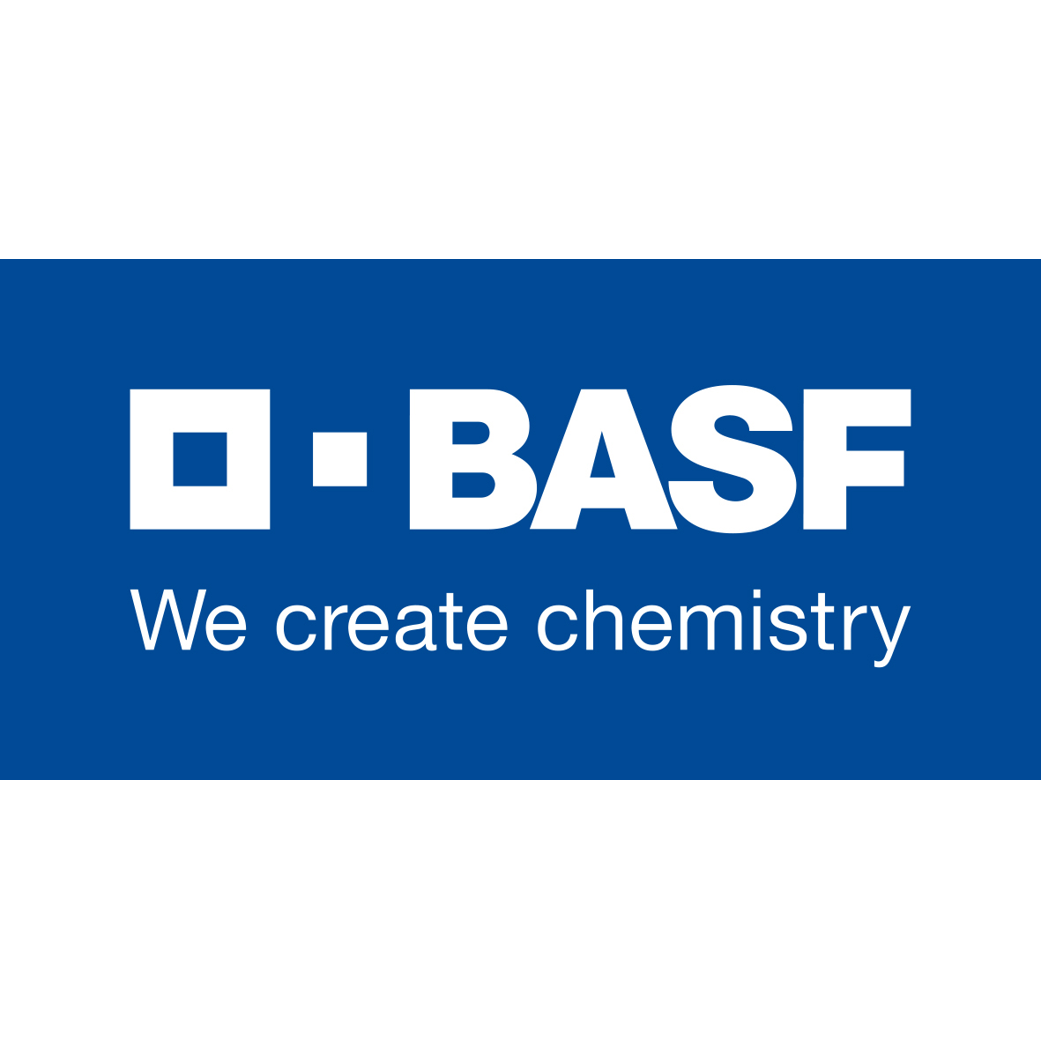Dihydrorosan®
Synthétique
Floral > Rosy > Zesty > Metallic

Crédits photo: ScenTree SAS
Other names :
Tetrahydro-2-isobutyl-4-methyl-2H-pyrane ; 2-isobutyl-4-methyl-tetrahydropyran
Volatility :
Heart
Uses in perfumery :
Dihydrorosan® can be used in the same way we use rose oxyde. Its an impactful green and rosy note with a citrus twist for an intensive effect in various king of application. It blends well with white floral and rose notes to give green leaf aspects.
Natural availability :
Dihydrorosan® is not available as natural
Year of discovery :
Data not available.
Other comments :
Data not available.
Price Range :
Data not available.
Stability :
Good stability in most of the main application

Crédits photo: ScenTree SAS
- Molecular formula :
- C10H20O
- Molecular Weight :
- 156,27 g/mol
- Density :
- 0,8388
- Flash Point :
- 62°C
- Fusion Point :
- Donnée indisponible.
- Appearance :
- Colorless liquid
- Log P :
- 4,4 - 5,2
- Boiling Point :
- 181,9°C
- Detection Threshold :
- < 100 ppm
Synthesis route :
Data not available.
Synthesis precursor :
Data not available.
Isomerism :
Data not available.
- EINECS number :
- 236-770-1
- FEMA number :
- Donnée indisponible.
- JECFA number :
- Donnée indisponible.
- FLAVIS number :
- Donnée indisponible.
- Allergens :
- This ingredient does not contain any allergen.
- IFRA :
- This ingredient is not restricted
To learn more about IFRA's standards : https://ifrafragrance.org/safe-use/library
ScenTree is solely responsible for the information provided here.

